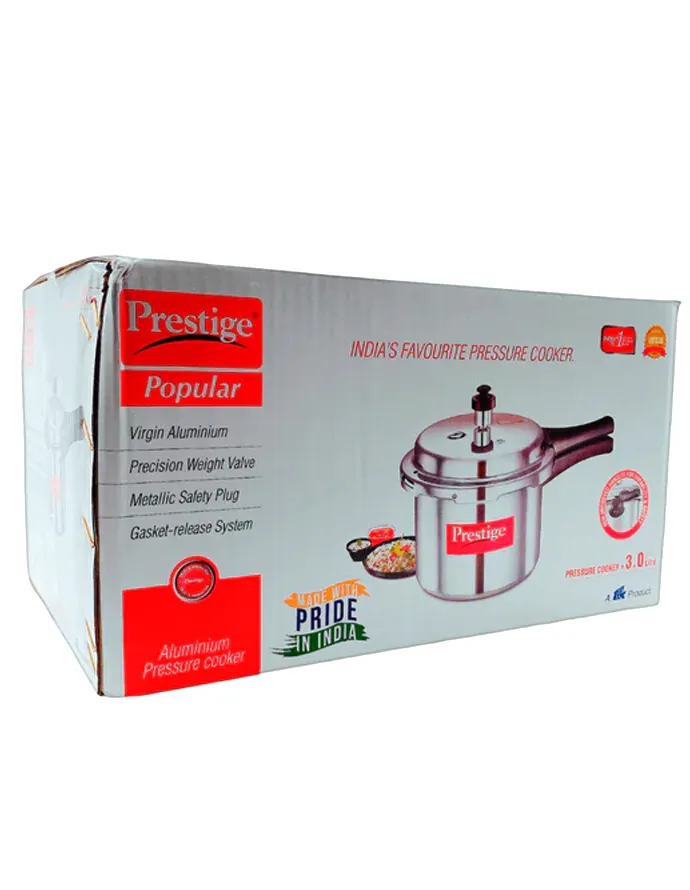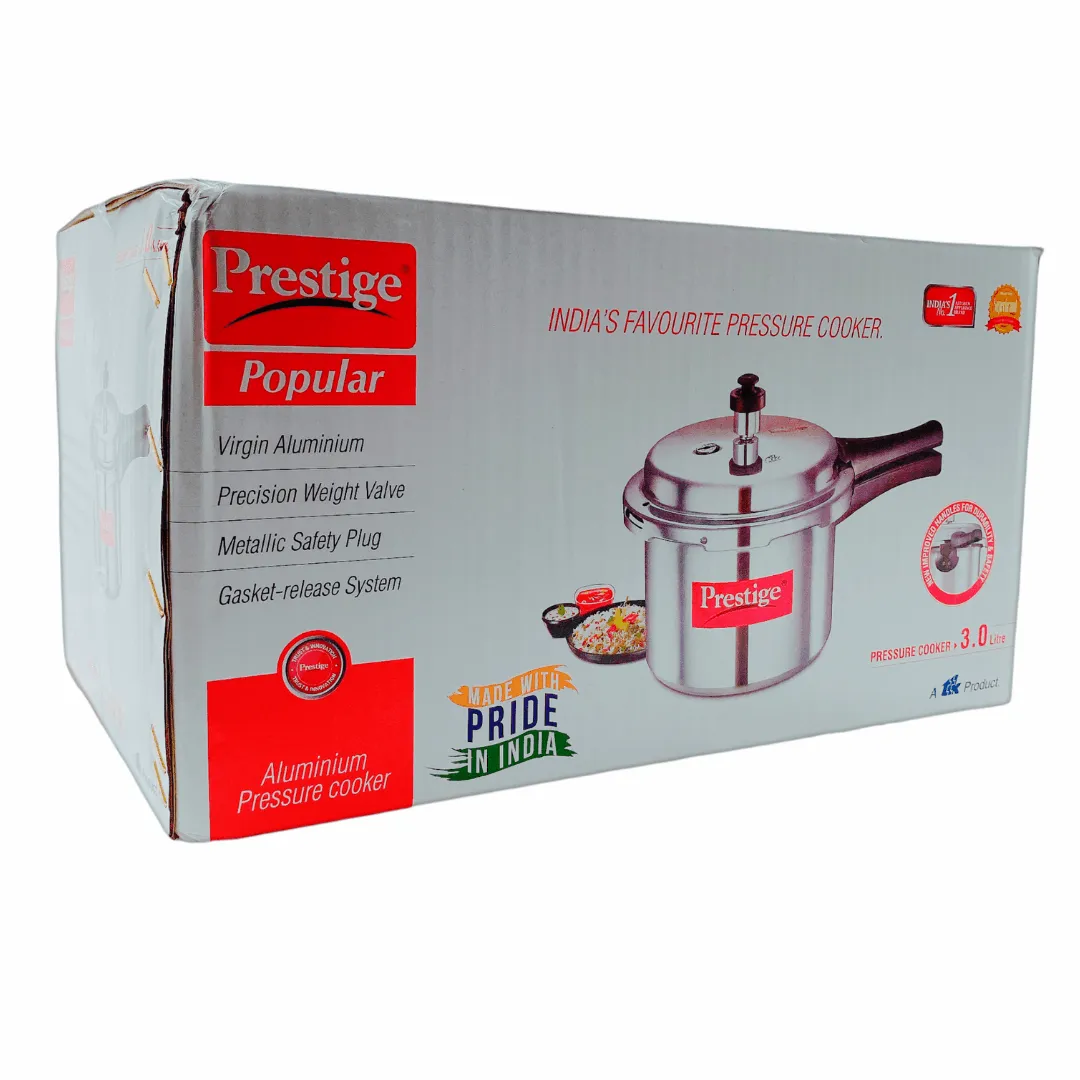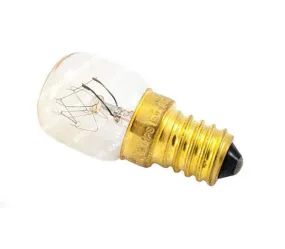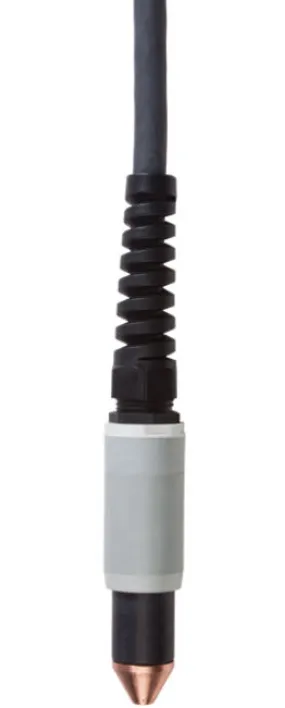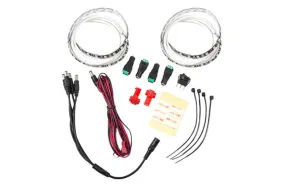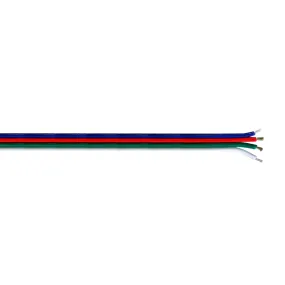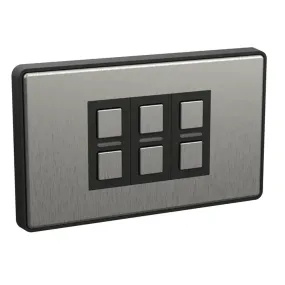A pressure cooker is a kitchen appliance that allows for efficient and rapid cooking by using steam pressure to increase the boiling point of water. It consists of a tightly sealed pot with a pressure relief valve and a locking lid. This innovative cooking tool is a staple in many households worldwide due to its ability to significantly reduce cooking times while preserving the flavor, nutrients, and texture of food.
The fundamental principle behind a pressure cooker is simple physics. By sealing the pot tightly, steam cannot escape, which causes the pressure inside to rise. As pressure increases, so does the boiling point of water. In a regular open pot, water boils at 100°C (212°F), but inside a pressure cooker, it can reach temperatures of up to 121°C (250°F) or higher. This elevated temperature allows food to cook much faster, making it an energy-efficient and time-saving kitchen appliance.
Pressure cookers are versatile and can be used for a wide range of cooking tasks, from steaming vegetables and cooking grains to braising tough cuts of meat and preparing soups and stews. They are particularly effective for dishes that typically require long cooking times, such as pot roasts or dried beans. With a pressure cooker, these dishes can be prepared in a fraction of the time, making it a valuable tool for busy individuals and families.
In addition to speeding up cooking, pressure cookers are also known for their ability to retain the natural flavors and nutrients of the ingredients. Because the cooking process is faster and occurs under pressure, less liquid is needed, which means less flavor and nutritional content is lost through evaporation. This results in tastier and healthier meals.
Overall, the pressure cooker is a kitchen marvel that has revolutionized meal preparation by saving time and energy while delivering delicious and nutritious dishes. Its efficiency, versatility, and ability to enhance the quality of food make it a staple appliance in many modern kitchens.




